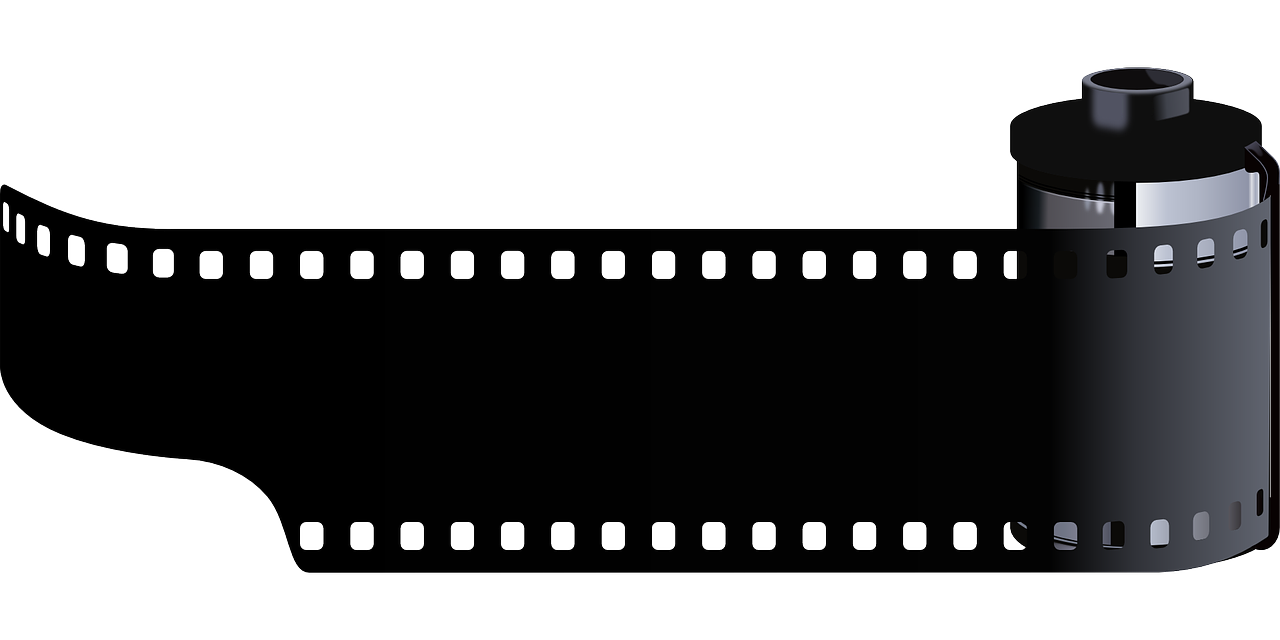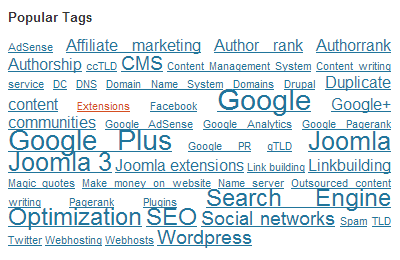Should I use tags on my website?

There are both benefits and disadvantages about using tags or tag clouds on your website. If you choose to use tags on your website, you should do it in the right way, or you will get penalized by Google.
What is tags and what is a tag cloud?
If you have a blog, you probably have your articles placed in categories. Tags are more specified categories. If you for instance write an article about apple trees, you might put this article in a category called „Garden‟. But beside this you can mark some tags, that you think fits your article more specified. That could be „apple trees‟, „trees‟, „fruit‟ etc. These are tags.
Tag pages works like category pages – a tag that is written in an article links to a tag page, that contains all the articles that has been marked with this tag.
You can also show a tag cloud. This is a list with tags that are most used on your website. The more the tag has been used, the bigger the font size of the tag is. An example of a tag cloud of this site is:

As you can see, this website especially contains articles about Joomla, Google Plus and Search Engine Optimization, because the font size is bigger.
Benefits of using tags
If you use tags on your site, you will get a lot of tag pages that has very specified titles, that might be search keywords. This means that people that search on Google, might find your site easier, because you have a page that contains articles with that search keyword.
If you decide not to show the tags you have marked on your website, you should at least still mark articles with tags. You can often use this to let people easier find related articles and search for your article using a search module.
People who read an article on your website, might look for more articles with same tags. If you are using tags, you will make it easy to find the other articles. So using tags might lower your bounce rate.
Disadvantages of using tags
The biggest disadvantage of using tags is duplicate content on your website. This gives your website a lower SEO value, and will lead to a lower place in Google SERP of your website. The reason for duplicate content, is because many people doesn’t show only an intro text of their articles on their category pages or tag pages. They show the whole article and that is a big mistake.
Tip: Use only intro text of your articles on both tag pages and category pages. And write a description of the tag category or category page for each single tag. This might takes time, but makes the tag page more unique and you will then avoid Duplicate Content. If you follow these simple rules, you will not be penalized by Google.
Another disadvantage of tags might be keyword stuffing, if you have marked an article with too many tags.
Tip: Mark your articles with a maximum of 10 tags for each article. This will avoid keyword stuffing.
Should I use tags or tag clouds?
On some of my websites I use tags and on other websites I don’t. There are both benefits and disadvantages about tags. If you choose to use tags, then remember to avoid duplicate content. And always remember: Many times it is not your front page that is the landing page of your visitors, but instead a tag page or category page. So make sure to work improving your tag pages, so they look nice to your visitors.
Beside this, try to find relevant tags that can be used by more articles you expect to write in the future, so you wont have many tag pages with only one article.
Tag clouds on the other hand has no use to the reader of your articles. It is keyword stuffing and wont give you any benefits. So don’t ever use tag clouds on your websites.







Good to see the stuff. It was not mentioned in a concrete way whether to go or no go with tag implementation/management in the website….